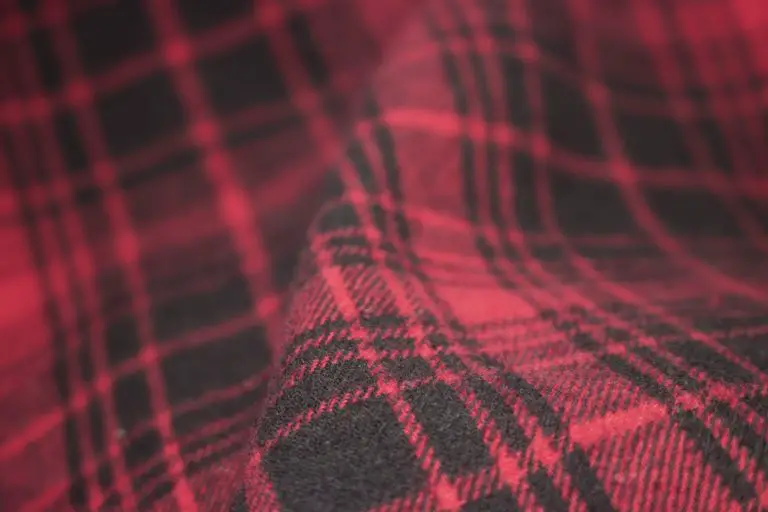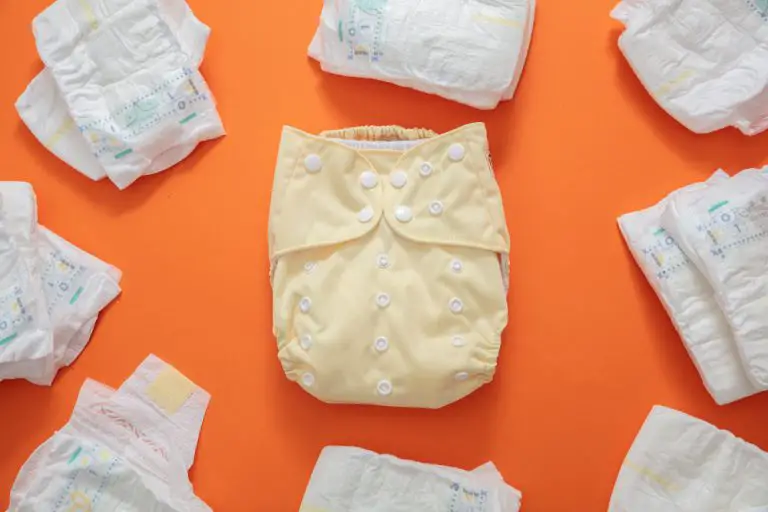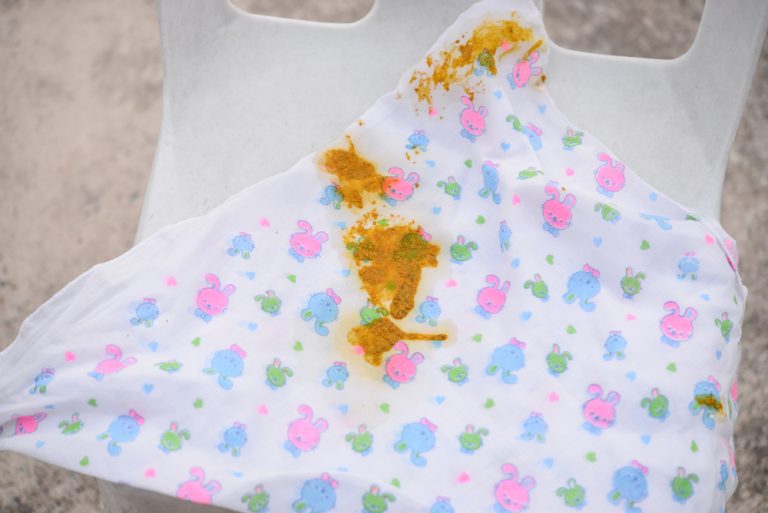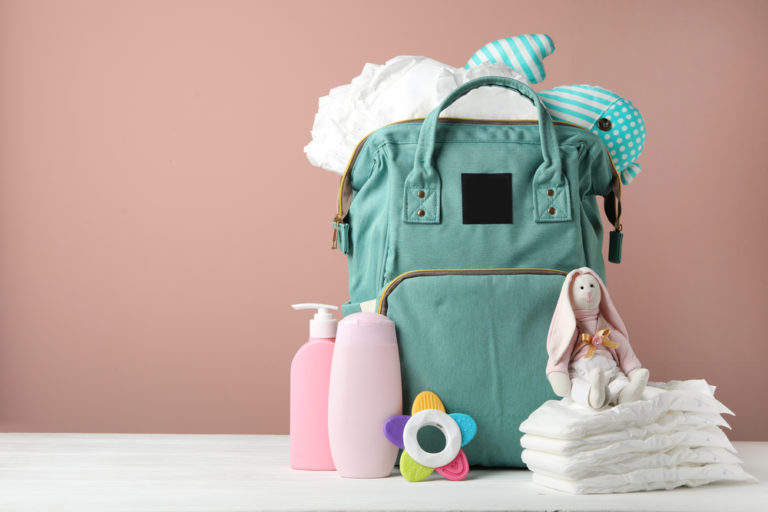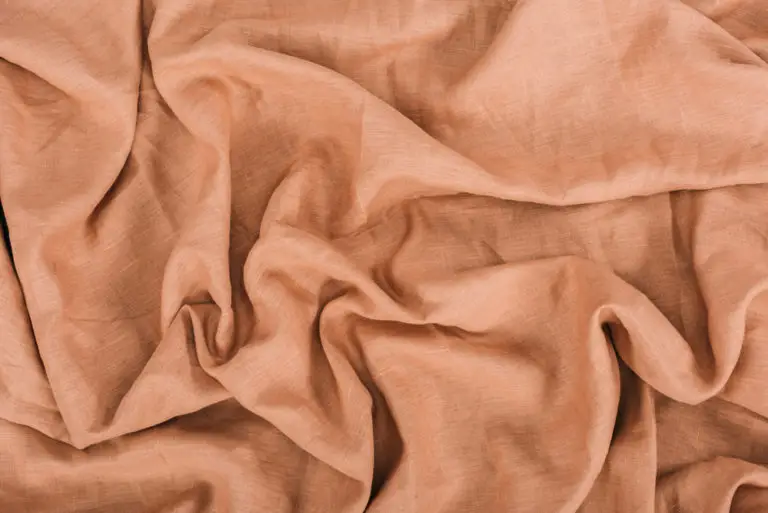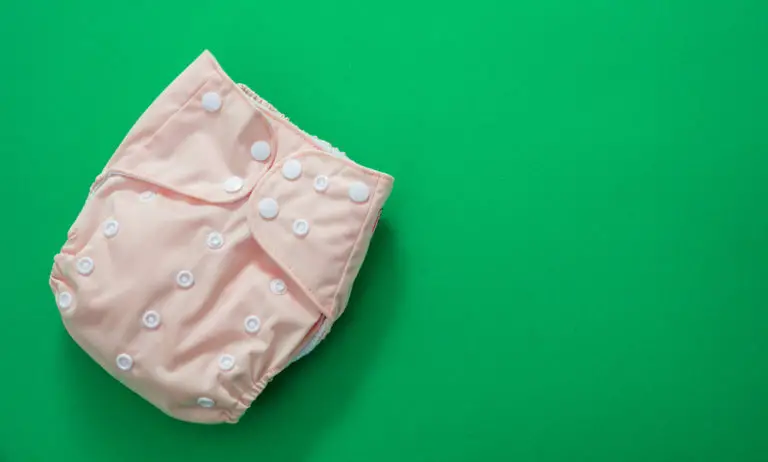6 Disposable Diaper Alternatives (Eco-Friendly Options)
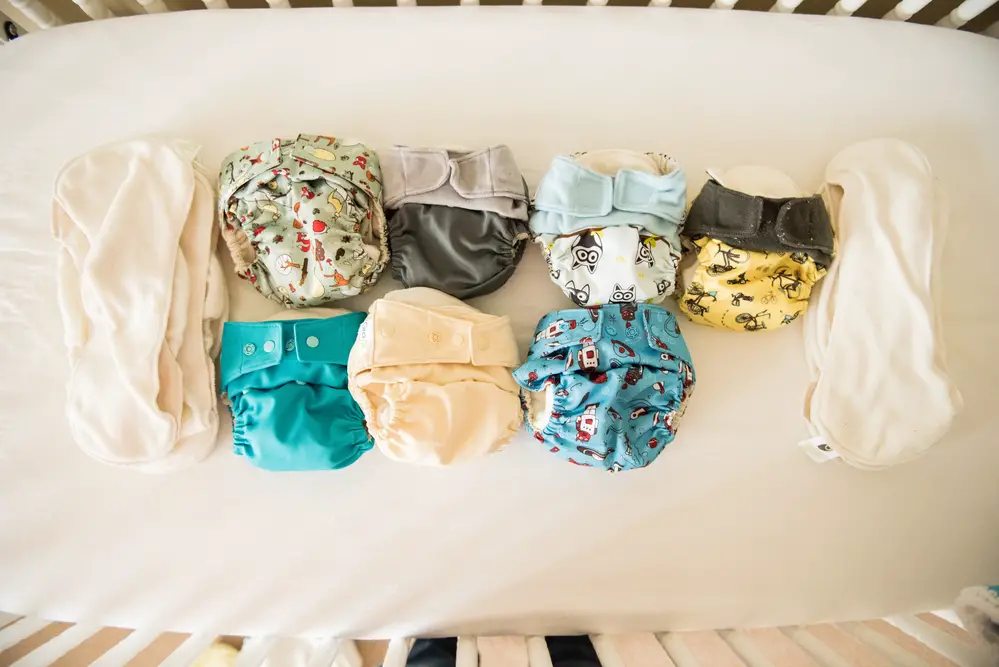
Depending on your goals there are a variety of diaper alternatives that you can consider. The best alternatives to disposable diapers are elimination communication and cloth diapers.
Both support moving away from disposable diapers, saving you money, and are more friendly to the environment.
1. Elimination Communication
A baby diaper alternative is through elimination communication. Allowing your baby to be diaper free and learning their cues, will allow you to allow your child to learn to wee and poop on the potty.
Elimination communication is used across the world and can allow you to completely avoid the use of diapers. This can be extremely helpful in increasing your bond with your child and helping the environment.
Elimination Communication works by learning your child’s pottying ques and creating an association for them to wee and poop freely. Placing a waterproof mat on the floor and looking for these ques is the starting point. As you learn them, after feeds and naps, place your child on the potty.
As there is no diaper your child will learn to wee or poo outside of the diaper. Preventing them from sitting in their own messes and reducing diaper rash.
To make it easier you can also associate sounds or baby sign language with the need to go to the potty.
2. Eco-Friendly Diapers
When you want to use diapers but are mindful of the environmental impact that is attributed to, there are eco-friendly diapers.
Choosing eco-friendly diapers offer disposable diaper alternatives. Made from natural materials these diapers contain no toxins found in other diapers. So when they are disposed of they create less toxic issues.
There are different types of eco-friendly diapers such as biodegradable and plant-based. They are ideal for parents who want to use natural materials against their baby’s delicate skin, whilst causing less impact to the planet.
Offering the simplicity of being worn and used the same way as disposable diapers, they offer an alternative to eco-friendly cloth diapers. Ideal for cloth diapers or environmentally conscious parents to use for days out or within daycare. With alternative disposal options available they can also reduce diaper waste in landfills.
Made from materials such as bamboo, they contain no chemicals and can benefit parents of little ones that suffer from diaper rash.
3. Cloth Diapers
One of the most well-known alternatives to disposable diapers is using cloth diapers. This diaper alternative allows you to remove the need for disposable diapers completely.
As best cloth diapers can be reused time and time again and are compatible with daily play, naps, and nighttime use. These disposable diaper alternatives can save you money throughout your child’s diapering years by growing with them. Whilst still keeping them dry and messes contained.
Due to their re-usable nature, they offer diapering options that are better for the environment.
Made in a range of styles the concept is the same. They have an absorbent center that is there to absorb wee and catch poops. Paired with a waterproof outer shell they protect your little ones from leakages and blowouts. Then after each use, they are simply washed and dried, allowing them to be worn again.
Cloth diapers are a great alternative to disposable diapering and are favored by parents who want to reduce diaper landfill waste and help the environment.
4. Commando Time
Allowing your baby to go without diapers and embrace commando time can significantly reduce the quantity of diapers you go through. It can allow your child to get used to not wearing a diaper and allow you to learn their pottying schedule.
This is great for parents who want to bond and know their children better. It also teaches your child that it is acceptable to wee or poo outside of the diaper. Which can make it easier when transitioning to potty training.
Simply, you allow your baby without diaper, time to roam and play. This can be done, with their bottom bare or with pants or trousers being worn.
Allowing your child to have diaper free time will enable them to learn their own bodily functions. Learn to associate the feeling of needing the potty with the action and allow you to understand their bodily cues as well.
5. DIY Diapers
To save on money by purchasing diapers and recycling materials you already have, DIY diapers are an option.
Not only handy emergency diapers, they can be used as a creative and eco-friendly alternative diaper. Depending on your skills they can be used as a homemade disposable diaper or a diaper for reusing.
To construct this makeshift diaper takes material. Towels or blankets tend to work best, but you can use any materials. Cut the diaper to shape. Also, create a diaper liner from fleece as it helps wick the moisture away quickly and helps save your little one’s bottom from rashes.
Once cut to size, you need to secure the diaper to your little one. Ideally using safety pins is the easiest method for securing the diaper in place. However, if you don’t have these to hand any materials such as tape, for example, can be used.
These diapers are not waterproof so you will want to make sure that diaper changes are regular, or that you use a waterproof outer shell to protect outer clothing.
6. Potty Training
Moving away from diapers completely, this alternative to diapers works on the idea of allowing children to use the potty or lavatory.
Ideal as your child gets older and needs to start preparing for school and to save the cost of buying diapers. Potty training is working with children and encouraging them to no longer wee or poo in their diaper but in the potty instead.
They learn their bodily needs and when they need to go. Using training pants can support this process. Your child is still able to identify when they are wet and need the toilet. But, unlike diapers, these pants are absorbing their wee.
Potty training tends to be aimed at children that are older and can identify their personal needs and act on them independently. Unlike other diaper alternatives, this method is about teaching your child how to identify and act on their potty needs themselves.
FAQ
What to use instead of diapers?
Instead of disposable diapers, you can use elimination communication and not use diapers at all. Alternatively, there are eco-friendly, cloth, or DIY diapers that can be used.
How to make a diaper at home?
To make a diaper, you want to select your diaper material. Cotton is comfortable and breathable. Cut this into the diaper shape. Place absorbent layers, made from fleece, cotton, or bamboo in, and secure to your baby.
How to manage baby without diaper?
When your baby is without a diaper try to keep them on a waterproof mat or on hard flooring. It is inevitable that accidents will happen so having towels and cleaning supplies to hand is needed.
How to make a diaper out of a towel?
Make sure the towel is clean. Then using the airplane fold, you can fold the towel to ensure that layers are being created. These layers will provide the absorption needed. Place your baby on the folded towel and secure it in place.

Laurel Davidson
Laurel brings her passion for parenting and years of problem-solving experiences to ParentingMode. She is the editor of ParentingMode, ensuring that the content is relevant and valuable to the readers. Laurel received her master’s degree in public administration with a certificate in economic development. She is a stay-at-home mom, raising two adorable kiddos, Aurora and Thomas. Laurel enjoys sharing her experience as a parent, traveling, and good food.

